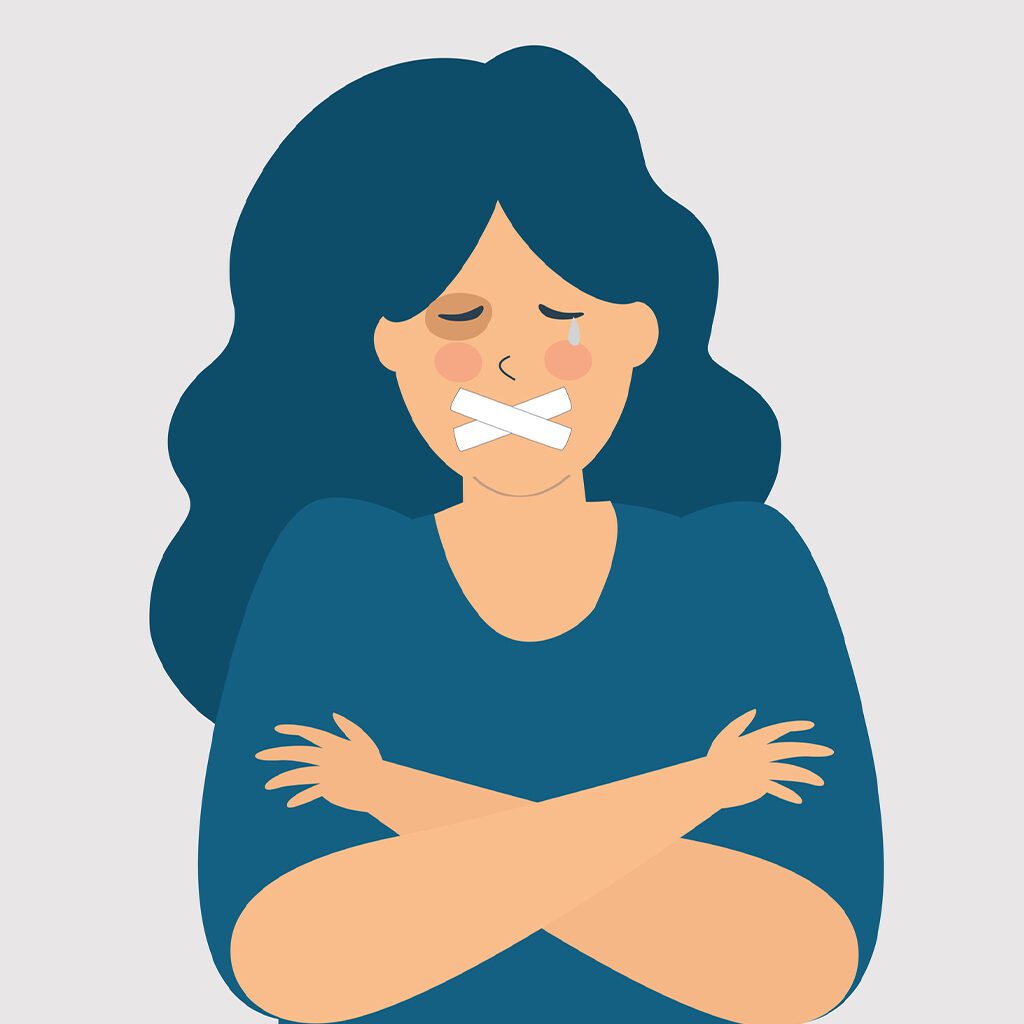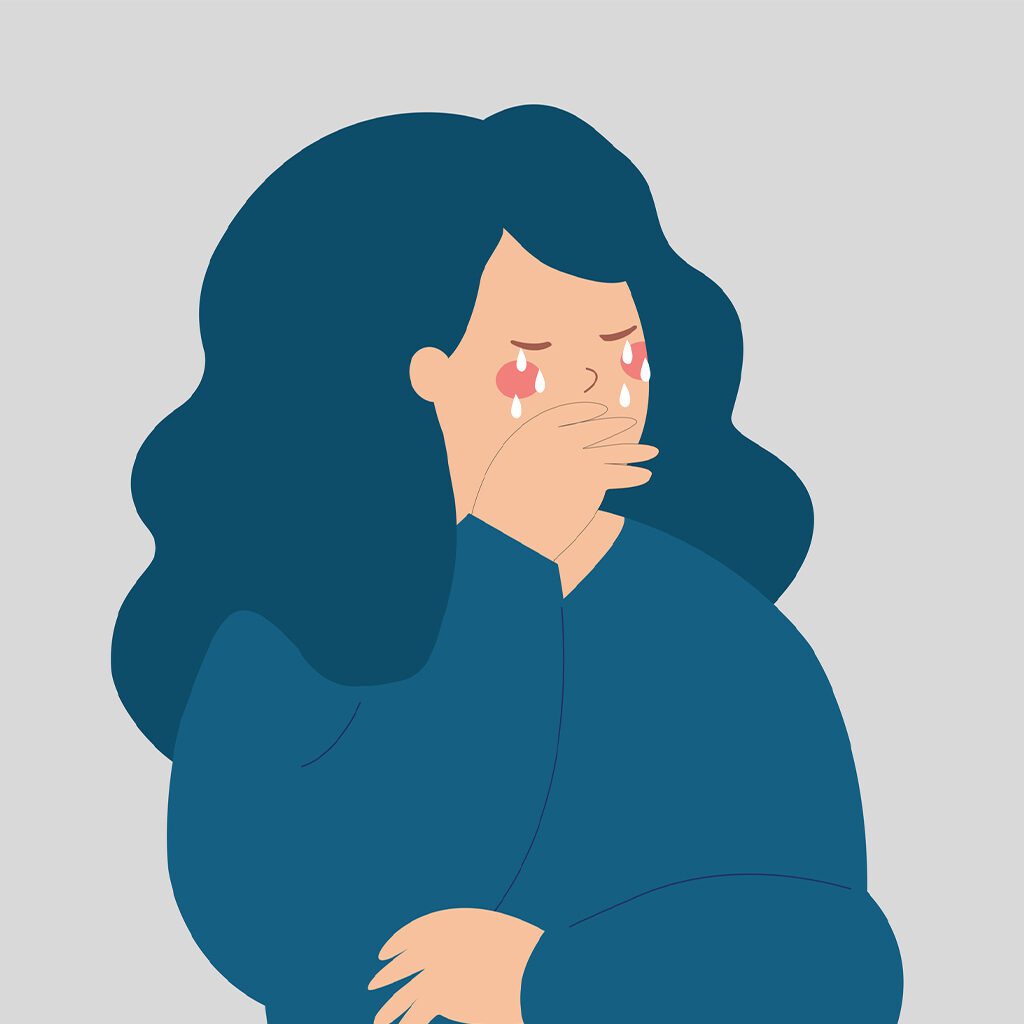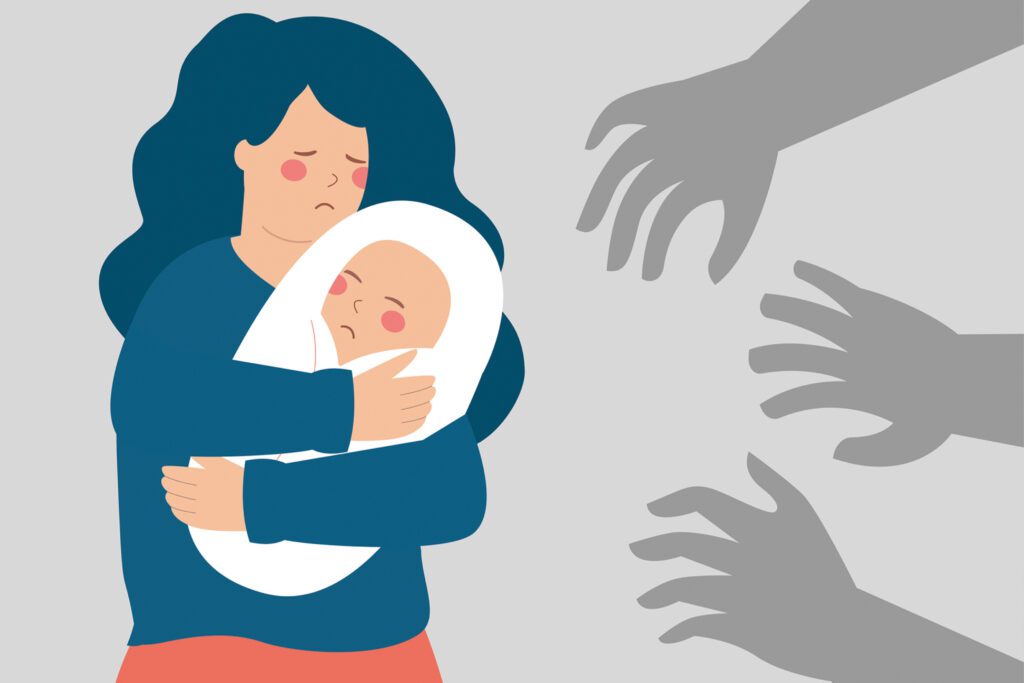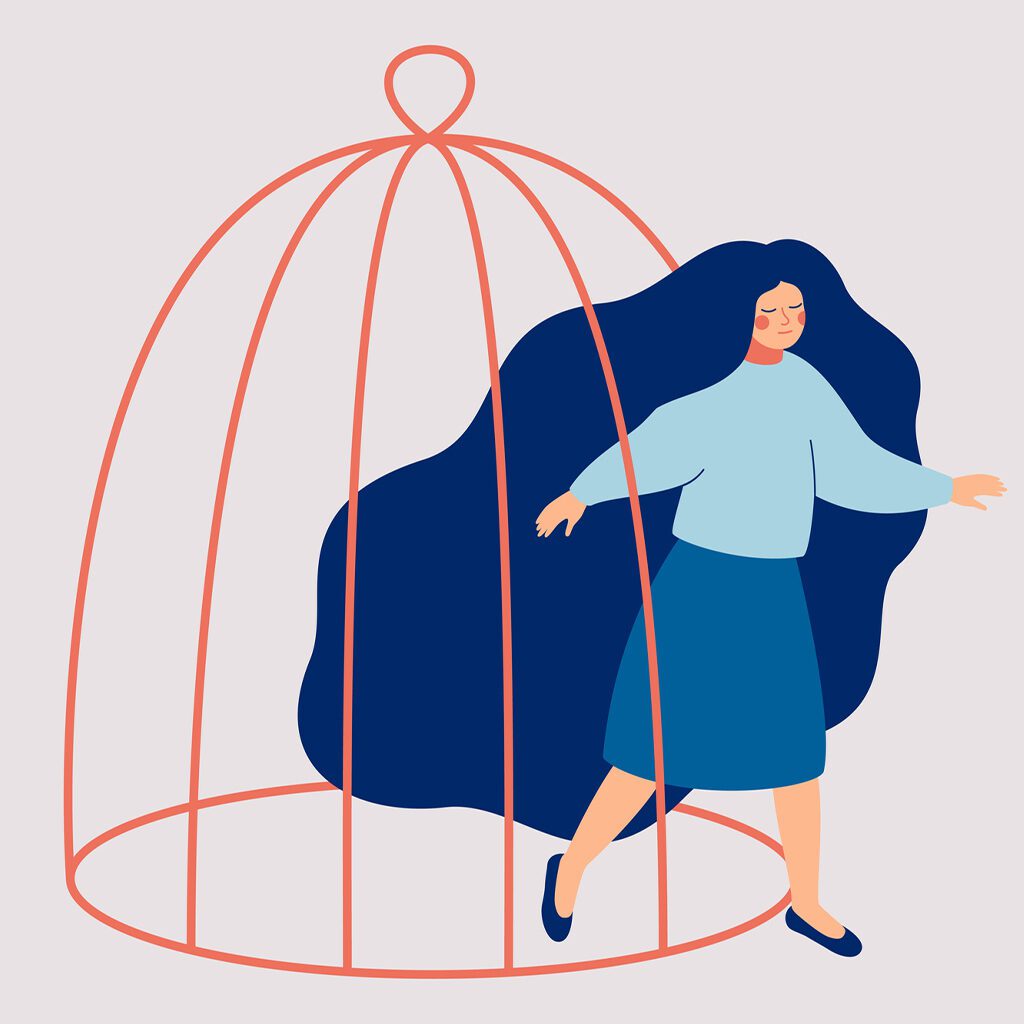How to Help Break the Cycle of Domestic Abuse
As men and women walk through grocery stores and pass one another on the street, it’s easy to overlook the fact that many are carrying heavy burdens with them. In the United States alone, 1 in every 4 women and 1 in every 9 men are victims of domestic abuse during some point in their lives. If you think that you or someone you love may be suffering the silent torment of domestic abuse, read on to learn how you can take action.
Understanding Domestic Abuse
When we first hear the words “domestic abuse,” it’s easy to think in terms of caricatures, like a large man physically terrorizing a woman and child. While this is certainly a reality for some, domestic abuse also manifests itself in quieter, more subtle ways.
Abuse is primarily about power and control. The Department of Justice defines it as “a pattern of behavior that is used by one partner to gain or maintain power and control over another.”
This controlling behavior can take on a variety of forms; it can be physical, but also sexual, verbal, emotional, or even money-related. The common denominator is power over the victim—abuse isolates victims, robbing them of the ability to make decisions on their own.
The patterned nature of abuse is one of its most insidious components. While each situation will look very different, it often includes three distinct phases. They include:


Tension-Building Phase
Tension and anger build up in the abuser. He/she may threaten the victim. In this phase, the victim may find themselves doing everything not to upset him/her and become compliant and nurturing.
Incident
The abuser’s anger or tension reaches a climax and an incident takes place. He or she lashes out in an attempt to dominate the victim. This release of anger reduces the tension.
Honeymoon phase/calm
The perpetrator begins to feel guilt, remorse, and/or fear. He/she may offer an earnest apology accompanied by gifts or promises to change. He/she may shower the victim with love and affection in an attempt to gain sympathy.



Not long after an accepted apology, the pattern will repeat itself, trapping victims in its spiral of abuse, remorse, forgiveness, and continued abuse.
Dr. Bill McGee is a licensed psychologist with the Henegar-CBI Counseling Center and a volunteer counselor at the Partnership for Families, Children and Adults’ Family Violence Center. He says something to understand about domestic violence is that it runs across all socio-economic strata. “It also tends to affect everybody in the family for a long time, including future generations,” he says. “Another important thing to understand is related to the nature of what’s going on emotionally and psychologically. One common misconception about domestic violence is that victims could leave if they really wanted to. This is extremely damaging, because it tends to lead people to blame the victims for being in the situation, which perpetuates the cycle of victims thinking it’s their own fault.”
How Domestic Abuse Affects Children
Even in situations where children are not the direct recipients of violence and abuse, they are still victims of its toxic presence. While mothers often step in to take abuse in order to shield their children from the abuser, this physical and emotional protection can only go so far. “Domestic violence always, always affects children who witness it,” says Dr. McGee. “It’s a common misconception that it doesn’t.”
Children in these situations often find it hard to cope with the abuse of the victimized parent—they may blame themselves or feel confused about why they couldn’t protect their abused parent. Children who grow up around abuse also have a higher risk of drug and alcohol abuse.



Another sad reality is that children who grow up in an abusive household have a higher chance of becoming abusers themselves.
“The way boys and girls learn how to interact with others is by watching their mothers and fathers. That’s why abuse is often a systemic problem,” says Dr. McGee. “We often see carry-over in terms of how young people interact with peers and teachers at school. With teenagers, we often see it in their interactions when they begin dating.”
Recognizing the Signs
If you’re unsure whether you are in an abusive relationship yourself, or if you’re worried about a friend or family member who may be in an abusive relationship, consider the following questions.
Does your partner (or your loved one’s partner)...
- Threaten you with violence or throw things when he or she is angry?
- tear you down in public?
- manipulate or force you to have sex when you don't want to?
- control who you get to see, what you do, or the places you go?
- stop you from getting a job or going to school?
- have power over all financial decisions in your household?
- demonstrate a high amount of jealousy?
- threaten to kill himself/herself?
- threaten to harm or kill your pets?
- look at you in a scary or intimidating way?
If you find yourself answering “yes” to any of these questions, you or your loved one may be in an abusive relationship.
Warning signs will vary by each kind of abuse, and not all warning signs will be present in each situation. For example, an abuser may control all of the money in a household (a sign of economic abuse), but never coerce sex or engage in any of the other destructive behaviors listed above. An abuser may force unwanted sex on a partner, but never tear her down in public. So if any of the above warning signs are present in your relationship, it’s important to contact someone you trust or a domestic abuse hotline.
Breaking the Cycle
The vicious cycle of domestic abuse can become harder and harder to break the longer victims wait to disrupt the pattern. According to Dr. McGee, the first step in breaking out is often an awareness that what’s going on is, in fact, domestic abuse. For many victims, this realization comes after talking to someone about what’s been happening at home. “Sometimes when people are able to talk about it with someone who isn’t going to judge them or demand they take action immediately, they are finally able to see just how serious the situation is,” he says. “For the first time, they can actually hear themselves.”
As hard as it may be, the path to healing could begin with a simple step: telling someone you trust. Consider seeing a licensed counselor, or find a trustworthy friend, social worker, church member, or emergency shelter worker to confide in. It may be incredibly hard to find the words to tell someone about your abuse, but speaking those difficult words is the only way to make a positive change.
The second step is one that requires victims to be very brave: it’s walking away from the abusive situation. “It involves packing up the children and physically leaving,” says Dr. McGee. “But to leave, one has to have a place to go. So it also involves calling the police, calling a shelter, or calling a trusted friend. All of these action steps require immense courage, because in the same way that people frequently blame victims, victims blame themselves.”
Victims may want to consider creating a safety plan when they plan to leave an abusive situation. Social workers suggest contacting a women’s shelter and packing any important documents, money, prescriptions, and other personal belongings in an emergency bag. Victims can also protect their privacy by clearing their Internet browsers’ histories, not emailing from their home computers, and changing their email passwords.
Learn More
If you are ready to break the cycle of abuse or at least learn more, you can contact the National Domestic Violence Hotline by calling 1.800.799.SAFE (7233) or by chatting with someone online at thehotline.org/help. You can call a local Hamilton County hotline powered by Partnership for Families, Children and Adults at 423.755.2700.
If you’re concerned that someone you love may be in an abusive relationship, visit thehotline.org to learn more about how to help your loved one get help. Although you cannot single-handedly rescue them, you can help them get through this difficult time.
“If you have a friend who is suffering from domestic violence, what would not be helpful is to demand that she take action immediately. That has a tendency to make the victim feel even more helpless,” says Dr. McGee. “What you can do, though, is be a good friend and a good listener. Be available.”
Breaking the cycle of abuse is extremely difficult and may at times seem impossible.



The very nature of abuse is wrapped up in power and dominance. To break the cycle is to break out of the powerful control your abuser has over you. But always remember that you are worth more than your abuser would have you believe, and you do have the power to break out of an abusive relationship.
Do I Need Help? Does A Friend?
Call the local domestic violence 24-hour crisis hotline at 423.755.2700. The Partnership for Families, Children and Adults’ Family Violence Center provides immediate shelter, counseling, and support for victims of abuse and violence. Don’t wait. Call today!



William E. McGee, Ed.D.
Licensed Psychologist, Henegar-CBI Counseling Center; Associate Clinical Professor, Richmont Graduate University; Volunteer Counselor, Family Violence Center, Partnership for Families, Children and Adults

